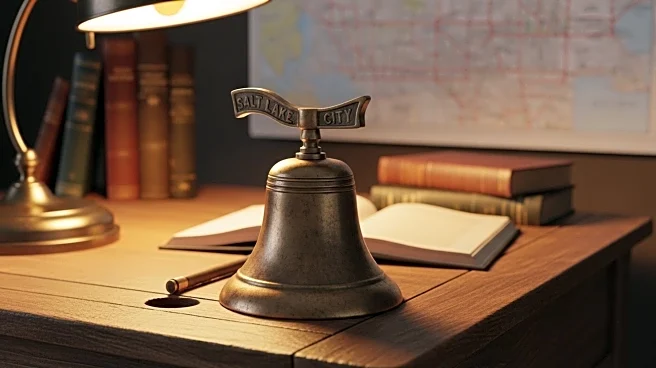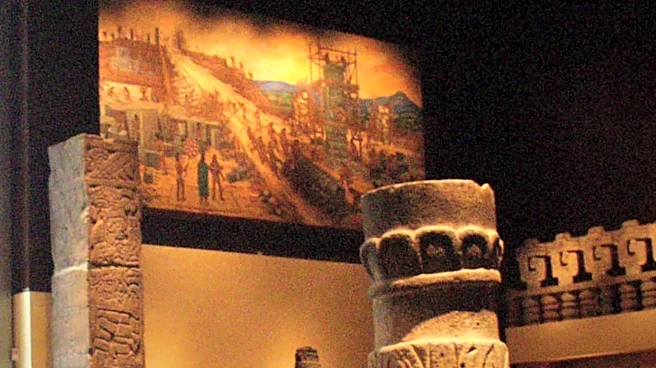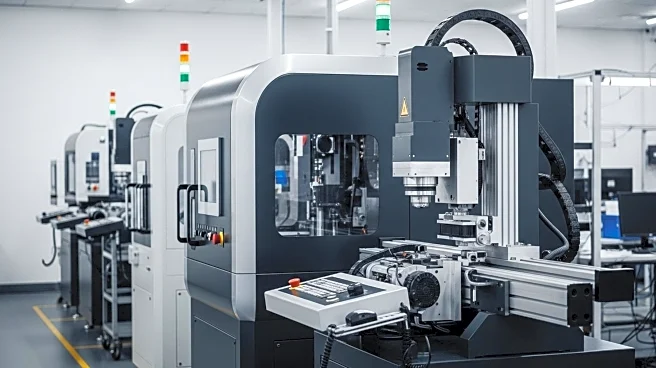Education has been a cornerstone of Salt Lake City since its early days. The city's commitment to education began in 1847 when pioneer Jane Dillworth held the first classes in her tent for the children of the first Mormon families. By
1850, numerous schools had emerged throughout the valley, with plans for a school attached to every wardhouse. The territorial legislature passed the first public school law in 1851, establishing the office of the superintendent of schools, marking a significant step in formalizing education in the region.
Curriculum Relevance
The educational curriculum in Salt Lake City has evolved over the years, reflecting the city's diverse cultural and
religious influences. Initially, education was heavily influenced by the Mormon Church, with many large Mormon families, such as Brigham Young's, establishing their own schools. Over time, the curriculum expanded to include a broader range of subjects, accommodating the growing non-Mormon population and the city's increasing diversity.
Programs and Institutions
Salt Lake City is home to several notable educational institutions. The
University of Utah, the state's flagship research school, is a prominent institution offering a wide range of programs. Other significant institutions include Salt Lake Community College and Westminster University. These institutions provide diverse educational opportunities, from vocational training to advanced research programs, catering to a wide array of academic interests and career paths.
Learning Outcomes
The educational institutions in Salt Lake City aim to equip students with the skills and knowledge necessary for success in various fields. The University of Utah, for example, is renowned for its research programs and has produced numerous successful alumni in various disciplines. Salt Lake Community College focuses on providing practical skills and training, preparing students for immediate entry into the workforce or further education.
Source-Grounded Resources
Salt Lake City's educational landscape is supported by a range of resources that enhance learning experiences. Libraries, museums, and cultural institutions provide additional educational
opportunities, enriching the academic environment. The city's commitment to education is evident in its investment in these resources, ensuring that students have access to a wealth of information and learning tools.

 Discover Daily
Discover Daily 











